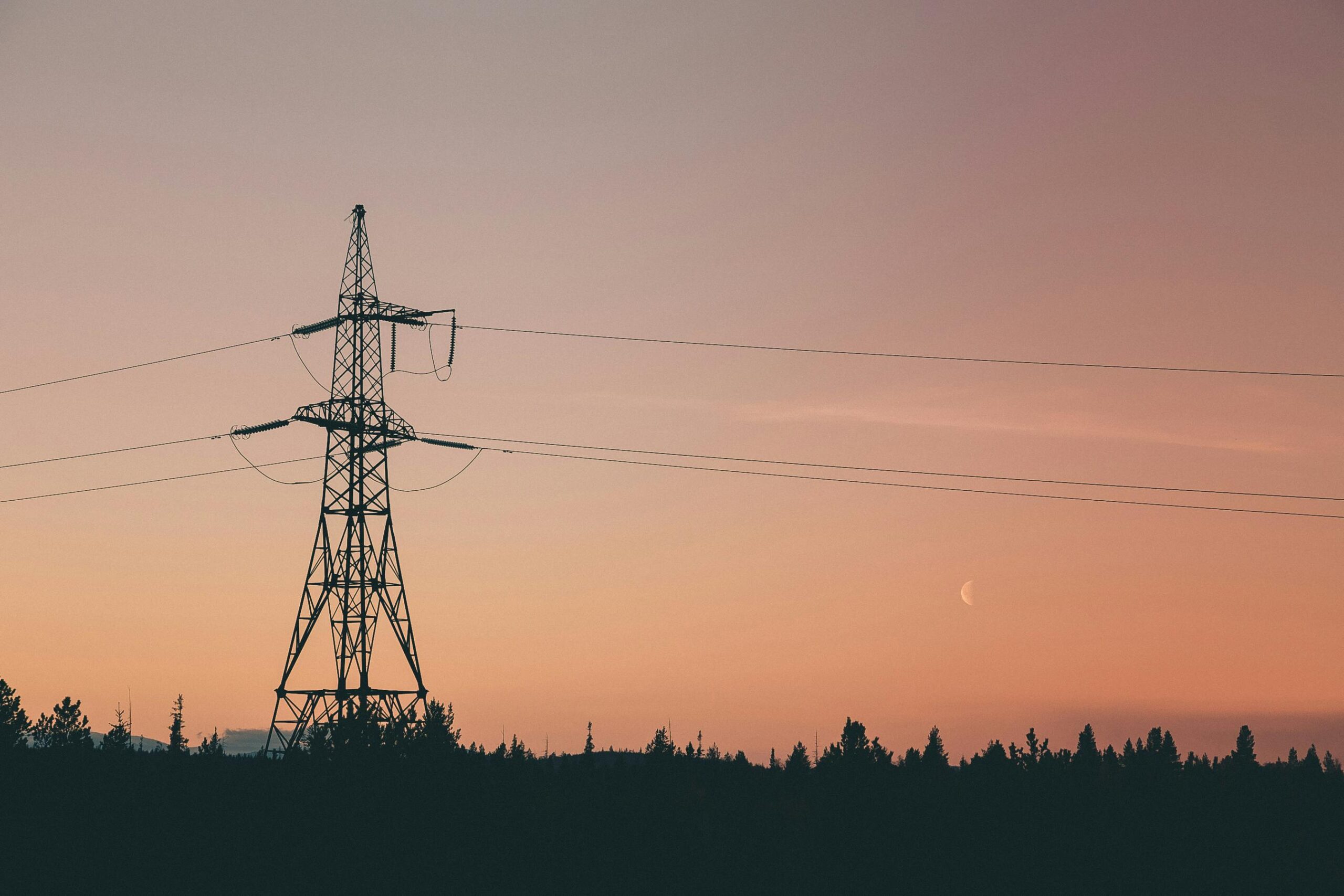EO Capability Benefits
The global transition to renewables and decentralised energy production has intensified the need for accurate and scalable methods for assessing the potential for rooftop photovoltaics (PV) on buildings. Satellite imagery enables the systematic evaluation of rooftop solar at city, regional and even global scales, providing insights for policymakers, urban planners, and energy providers.
EO Capability Description
A typical dataset for rooftop solar potential includes a number of attributes for each roof: total roof area, aspect (which direction the roof is facing), the usable area of the PV module, the total annual average annual irradiation (kWh/m²/year), and the potential annual energy yield (kWh/year). Input data may vary depending on the level of detail required and the area to be surveyed. Large-scale approaches considering regional, national or even global study areas tend to rely on statistical data assumed to be homogeneous throughout, without requiring any Very High Resolution (VHR) imagery as inputs. At the medium scale, statistical and VHR imagery may be combined. For small-scale assessments, rooftops of individual buildings are digitized to a great level of detail and accuracy, often relying on LiDAR-based Digital Surface Models (see Digital Elevation Model for more information). In addition, information on the spatio-temporal variability in surface incoming solar radiation, roof aspects and shading from other buildings are incorporated. Large-scale and small-scale assessments of rooftop solar potential over the same area can often differ substantially.


